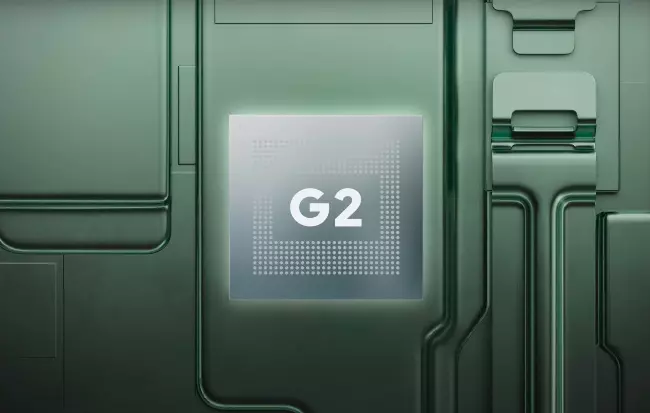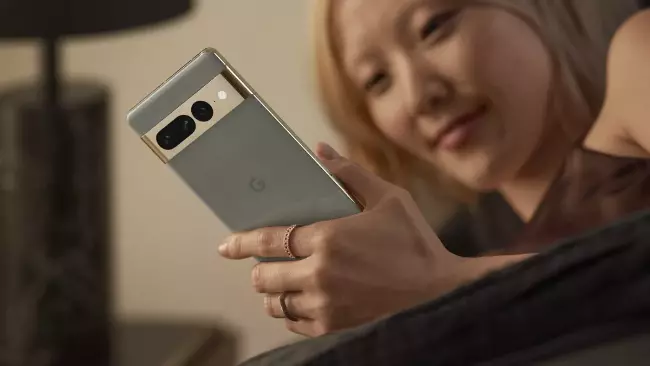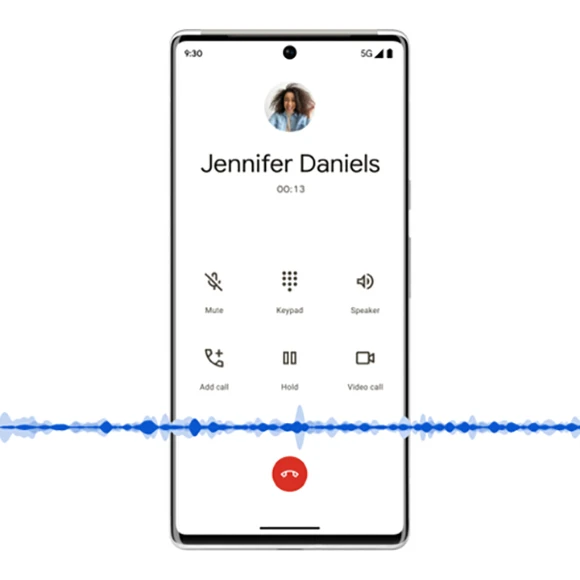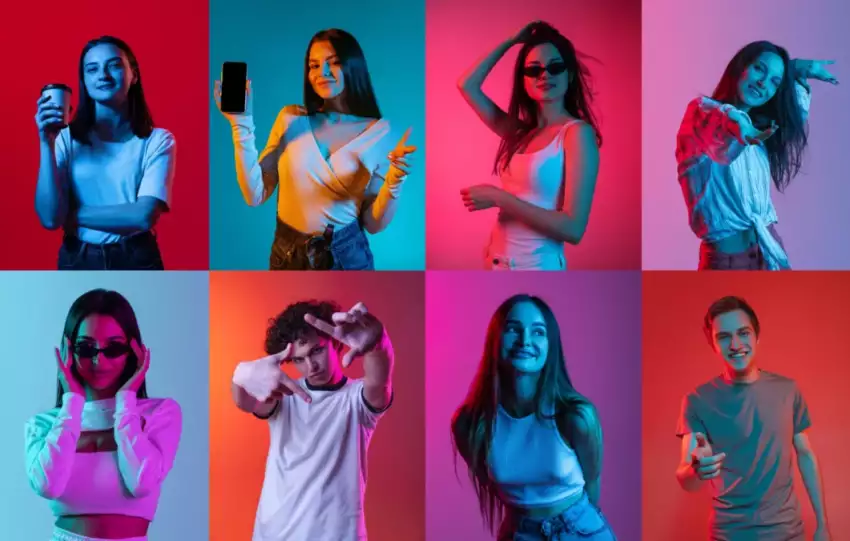cover image source: Phone Arena
The Google Pixel 7 and iPhone 14 have now been officially launched after a huge amount of speculations and leaks. However, there is one crucial issue to consider: how do these two stacks up against each other?
The two top-tier flagship smartphones are expected to compete over a few crucial features, which will play a significant role in your choice of which one to purchase.
In order to assist you to choose wisely, let us compare the two and provide some recommendations.
| What Is iPhone 14?
Google Pixel 7 Improvement and Benefits: |
WHAT IS IPHONE 14?

source: Dailytimes
Apple Inc. released the cellphones known as the iPhone 14 and iPhone 14 Plus. They are the 16 generations of iPhones, replacing the iPhone 13 and iPhone 13 Mini, and were unveiled alongside the more expensive iPhone 14 Pro and iPhone 14 Pro Max flagships on September 7, 2022, at the Apple Event at Apple Park in Cupertino, California.
WHAT IS GOOGLE PIXEL 7?
![]()
source: NotebookCheck
As part of the Google Pixel product line, Google released the Pixel 7 and Pixel 7 Pro, two latest Android technology smartphones. They are the respective replacements for the Pixel 6 and Pixel 6 Pro. The phones have a similar look to the Pixel 6 series and are powered by a Google Tensor processor of the second generation. They come pre-installed with Android 13.
At the yearly Google event on October 6, 2022, the Pixel 7 and Pixel 7 Pro was formally unveiled. The US release date is October 13.
GOOGLE PIXEL 7 IMPROVEMENTS AND BENEFITS:
1) Tensor G2 chip

source: NotebookCheck
According to estimates, the new Tensor G2 processor from Google is 20% more power-efficient and 60% quicker than its predecessor. Artificial intelligence and machine learning are two of the new chip’s features that are receiving most of the attention. This contains features including 10-bit HDR video, facial Un- blur, and cinematic blur. The addition of Titan M2, which has numerous security levels and delivers additional “Protected Computing” that safeguards personal information, is touted to make the new chipset more secure.
The Mali G710 MP07 GPU, which is included in the Tensor G2 processor, offers significant increases in Vulkan performance and graphics performance compared to last-generation Pixel phones. This upgrade will greatly improve the phone’s suitability for gaming and other graphically demanding applications like video editing.
2) The New Face Unlock Feature:

source: Android Central
The face-unlock feature is available on both the Pixel 7 and Pixel 7 Pro, but it’s different from what other smartphones have to offer. The majority of Android smartphones use the camera for face unlocking, which only involves the phone recognizing the user’s face.
The Pixel 7 family takes a different approach to the face-unlock function. These smartphones employ the selfie camera’s dual-pixel autofocus to process depth information of the user’s face, boosting security by processing more than one image. Face unlock is accomplished without the usage of an additional sensor.
3) Free Access To VPN:

source: VPNMentor
The Pixel 7 and Pixel 7 Pro series will be the first smartphones to have VPN access, with all customers receiving free access to Google One VPN. The regular monthly fee for the service is $9.99, which includes 2TB of cloud storage in addition to other advantages.
However, the Pixel series’ free VPN connection will not come with any additional benefits. Additionally, the functionality won’t debut with the smartphones but rather will do so soon after. Last but not least, the service won’t be offered in every nation. Users may visit the company’s help page to see if their location is supported.
4) Clear Calling:

source: FastCompany
The Pixel 7 series’ audio experience has been improved, resulting in crystal-clear calls with no ambient noise. The Tensor G2 chip utilizes machine learning to effectively filter out background disturbances and amplify the caller’s voice, making it simpler to hear them. This works best if the person on the other side is in a busy roadway or an area that is windy. A software upgrade will bring the Clear Calling feature online later rather than at first.
5) Face Un-Blurring Feature:
The Tensor G2 chip adds a special function that can unblur any photo using machine learning and artificial intelligence, making it a present that keeps on giving. Pictures shot with the Pixel 7 that are blurry perform best with this function. Nevertheless, it may be used to any old pictures captured with any gadget. The Google Photos app lets you use it.
When an image is blurry, the Pixel 7 phones use the primary sensor and the ultra-wide sensor to snap two pictures, which are then stitched together. As a result, the cameras operate more effectively and no blurry photos are ever captured. For authors who wish to intentionally take fuzzy photographs, the unblur tool is optional.
IPHONE 14 VS GOOGLE PIXEL 7:
![]()
source: PhoneArena
Price:
The Pixel 7 Pro starts at $899 and the iPhone 14 Pro starts at $999, respectively, matching the prices of their prior models at least in the United States.
Design:
With the Pixel 6 Pro, Google dramatically and controversially overhauled its smartphone lineup. This design language is carried over to the Pixel 7 Pro, featuring the striking camera visor that spans the device’s rear glass.
A switch to a uniform finish from the two-tone finish that ran across the top and bottom of the rear panel is a nice adjustment. Although it was a great experiment the previous year, I believe it gave the phone a somewhat more toy-like appearance.
The iPhone 14 Pro, on the other hand, keeps the same high-end, practical, iPhone-like form factor; it has glass on the front and back and surgical stainless steel around the sides.
The iPhone is nevertheless one step closer to the unobtrusive hole in the Pixel 7 Pro’s display thanks to a significant difference: the Dynamic Island, which is far smaller than Apple’s former signature notch.
The Pro Max measures 6.33 x 3.06 x 0.31 inches and weighs 8.5 ounces, while the iPhone 14 Pro is 5.81 x 2.81 x 0.31 inches and weighs 7.3 ounces. With dimensions of 6.41 x 3.02 x 0.35 inches and a weight of less than the pair, the Pixel 7 Pro dominates them both.
Display:
Both have stunning displays: the iPhone 14 Pro has a Super Retina XDR display (with 120Hz refresh rate and LTPO technology for an adaptive 120Hz refresh rate), while the iPad Pro has a Retina HD display (in 6.1-inches or 6.7 inches for Pro and Pro Max, respectively). Meanwhile, the Pixel 7 Pro features a 6.71-inch AMOLED display with HDR10+, LTPO, and a refresh rate of 120Hz, as well as a 3120 x 1440 resolution. Aside from the pill-shaped notch on the iPhone 14 Pro, both of these displays are tiny, incremental enhancements over prior models, which give us confidence that they’ll be viable contenders.
Another significant difference is in security, as the Pixel 7 Pro has a fingerprint sensor beneath the display, whilst the iPhone 14 Pro depends entirely on Face ID.
Processor:
Apple’s relentless march toward benchmark dominance appears to be unstoppable, as the iPhone 14 Pro outperforms the lightning-fast iPhone 13 Pro with an A16 Bionic — constructed on the 4nm technology.
The Google Pixel 7 Pro uses the company’s own Tensor chipset, the Tensor G2, which was also created using a 4nm technology for many, many more transistors and a decent speed boost.
As we said in our Pixel 6 review, the Tensor CPU didn’t exactly light our benchmark tests on fire, behind the A15 Bionic chip in the iPhone 13. However, the goal of this chip was never to be at the cutting edge of scientific tests.
As it is Google’s own hardware, the corporation can now begin to adjust the chip to its own priorities. Instead, it is utilized to power many of the AI smarts operating behind the scenes. It will be fascinating to see how this compares now that we are in the second generation.
Camera:
Both phones have robust, high-quality camera systems, but Apple has made more significant advancements than Google, which has maintained its 50MP primary sensor with f/1.9 aperture, 48MP telephoto with f/3.5, and 12MP ultrawide with f/2.2 and a 20% wider lens.
The wide lens on the iPhone 14 Pro has increased to a 48MP sensor with an f/1.8 aperture, depending on pixel binning to offer crisper pixels and preserve great night photography performance, while the ultra-wide and telephoto lenses stay the same (12MP with f/2.8 and f/2.2, respectively). The Time of Flight LiDAR scanner on the iPhone, which the Pixel 7 Pro lacks, is another intriguing innovation.
The significant distinctions are in the computational and software photographic work that is being done in the background; traditionally, I have preferred the contrast images Google produces.
Not that Apple hasn’t produced a fantastic camera system with outstanding software photography to handle most situations. The greatest smartphone for video is the iPhone 13 Pro, which is what I use. The 14 Pro is a close second.
However, Google’s software has always been a little bit more expressive with variations in lighting, which when combined with the increased resolution of that 50MP sensor produces crisper detail.
Additionally, the Pixel’s camera system is now more user-friendly and accessible than ever thanks to Guided Frames, a voice-assisted selfie framing feature designed to aid the blind.
Battery Life:
The 3,200 mAh and 4,323 mAh batteries in the iPhone 14 Pro and Pro Max were only discovered during the dissection of the devices. The Pixel 7 Pro crams a 5,000 mAh battery in here to compete.
Of fact, that’s only half the story; although iPhone batteries are always getting smaller, Apple constantly improves technology and software to provide you with long-lasting battery life.
In our test, Google’s Pixel 6 Pro’s battery life was somewhat disappointing, lasting only 7 hours and 43 minutes compared to the 13 Pro Max’s 12:16. We’ll need to test the new phone from the firm to determine if the issue has been fixed, so we’re crossing our fingers.
Different Sizes:
There are two sizes for the iPhone 14 available. The Pixel 7 weighs 197g and has dimensions of 6.1 x 2.9 x 0.3 inches. Since it is the sole normal Pixel, you must choose the 6.4-inch-tall Pixel 7 Pro if you want a larger phone.
The iPhone 14 is somewhat smaller and lighter than the Pixel 7 at 5.78 x 2.82 x 0.31 inches and 172g, respectively. Although you’ll still have to spend a little bit extra for it, the Plus variant, measuring 6.33 x 3.07 x 0.31 inches, allows you to have a larger phone without upgrading to the 14 Pro.
Safety Features:
The iPhone 14 comes with a lot of new features this year that are hard to discover on rival handsets. These consist of Car Crash Detection and Satellite Emergency SOS. Although the functionality is currently only reported to be released in the US and Canada, Emergency SOS now allows users to call emergency services and share their position through Find My when outside of cellular or Wi-Fi range.
In the meanwhile, if you don’t reject the notice after 10 seconds, Car Crash Detection automatically determines if you’ve been in a car accident, engages emergency services, and alerts the emergency contacts of your position. It should go without saying that the Pixel 7 lacks both of these functions.
Which Technology Is More Valuable for Sales?

The camera on the phone is the most crucial feature that a sales may employ, especially for real estate agent. Even though both phones are superb in terms of their functionality and other aspects. For their virtual meetings and while delivering their clients’ various images and videos, they must select phones with high-quality cameras. Based on these specifications, the iPhone 14 can perform better thanks to its high-resolution cameras and other cutting-edge hardware and software.
Conclusion: Which One Is Better?
In conclusion, these incremental improvements give us hope for the Google Pixel 7 Pro, but the iPhone 14 Pro’s advancements suggest that it may still win out and provide a better overall experience.
Of course, we are limited to discussing our 14 Pro hands-on experience and our prior experience with Google’s Pixel phones from the previous year. With that in mind, it’s safe to assume that you’ll enjoy both phones, regardless of which one you choose.
Therefore, the Pixel 7 Pro, which costs $100 less, can be a very alluring purchase for people who are paying closer attention to their money accounts this year.
IQI makes good use of technology to improve real estate services and improve the efficiency of its real estate agents, and provides 24/7 online training courses to keep them abreast of real estate market trends!
IQI is expanding! Interested in a career in real estate, and want to join a space for growth and learning? Join us today by dropping your details below!



